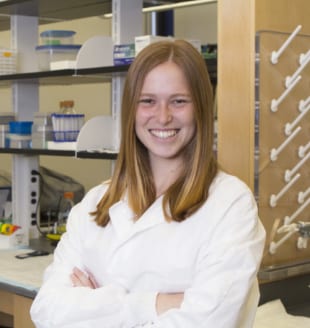
by fpineda2 | Aug 31, 2020 | News
Everyone at Pierce lab would like to congratulate Ilona Golynker on her new position as a Research Associate at Icahn School of Medicine Mount Sinai! Ilona graduated with a Bachelor’s degree in Neuroscience from Georgia State University in Spring 2020 before accepting her current position. Now, at tenOever lab, she is analyzing existing therapeutics that can be utilized to reduce and ameliorate the morbidity of COVID-19. We wish her the best with her career moving forward!
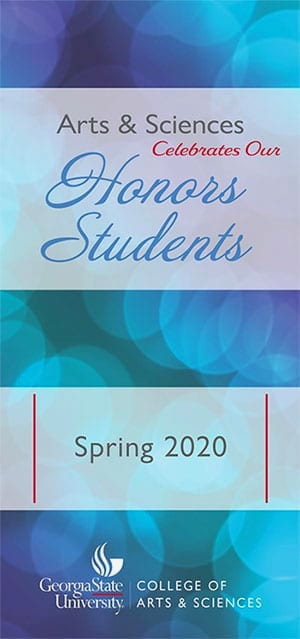
by fpineda2 | Jun 16, 2020 | Brie, Maurice, News
We would like to congratulate two of our PhD students for being recognized by Georgia State University’s Biology Department!
Brianna (Galbreath) Chilton received the Steven Kudravi Memorial Award for excellence in teaching!
Nosa Amadasun received the Donald Ahearn Endowed Fellowship in Applied and Environmental Microbiology! We take pride in last year’s recipient as well– our own Maurice De La Croix!
Both have shown an arduous passion for their respective projects and we are fortunate to have them as mentors in the lab!

by fpineda2 | Mar 24, 2020 | News
We here at Pierce lab would like to congratulate Nosa on a successful dissertation defense! His presentation titled “Preliminary Report on Protein Preparations Exhibiting Both Asparaginase and Glutaminase Activity Purified from Rhodococcus rhodochrous DAP 96253” discussed the methods utilized for the induction, purification, and characterization of L-asparaginase obtained from R. rhodochrous during his time at Georgia State University. L-asparaginase presents a substantial portion of treatment necessary for individuals diagnosed with Acute Lymphoblastic Leukemia (ALL), with survival rates increasing to 90% since the introduction of L-asparaginase as part of the treatment regimen in the 1960s. Nosa’s work with Rhodococcus rhodochrous DAP 96253 aims to circumvent treatment-limiting side effects associated with currently approved L-asparaginases experienced by up to 30% of treated patients. For the rest of his time with us, Nosa will be investigating post purification modifications to the protein, attempting to improve their asparaginase activity while completely eradicating their glutaminase activity and determining the efficacy of the modified protein utilizing specific cancer expressing cell lines.
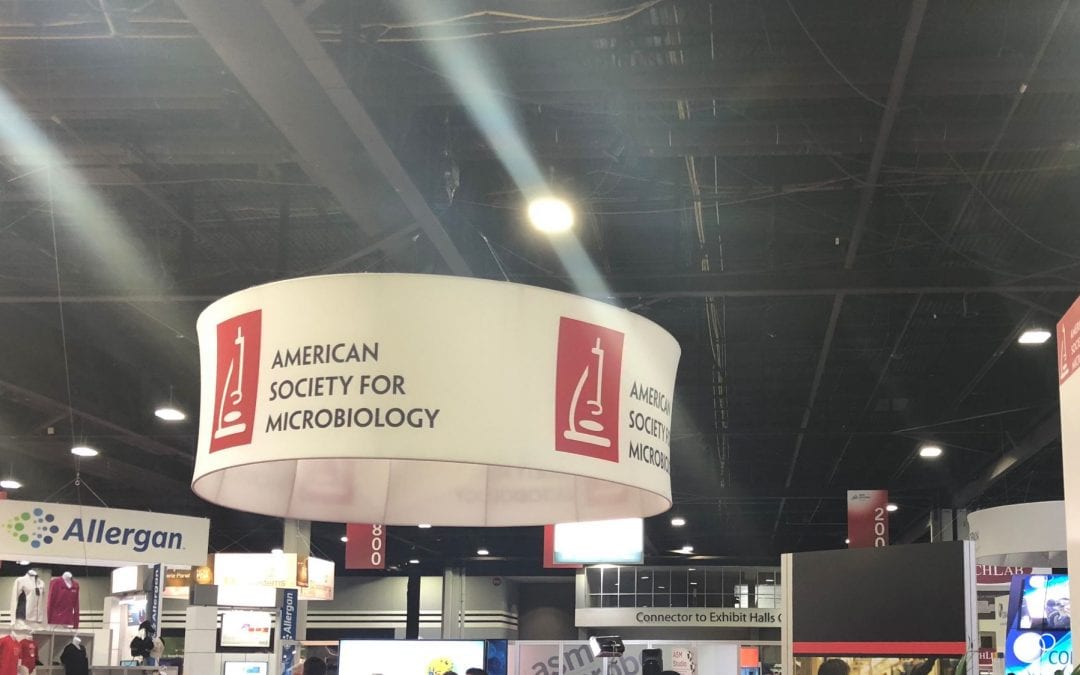
by Maurice | Feb 10, 2019 | Brie, Kelly, Maurice, News, Tags
Congratulations to Kelly Cannon, Brianna Galbreath, and Maurice de la Croix for being selected to review abstracts for the ASM Microbe 2019 hosted by the American Society for Microbiology this year in San Francisco, California. Kelly, Brianna, and Maurice will be reviewing numerous abstracts for ASM Microbe 2019 that theme around fermentation and biotransformation. Several AEM lab members are active members of the American Society for Microbiology and participated at the ASM Microbe 2018 that was hosted in Atlanta, GA.
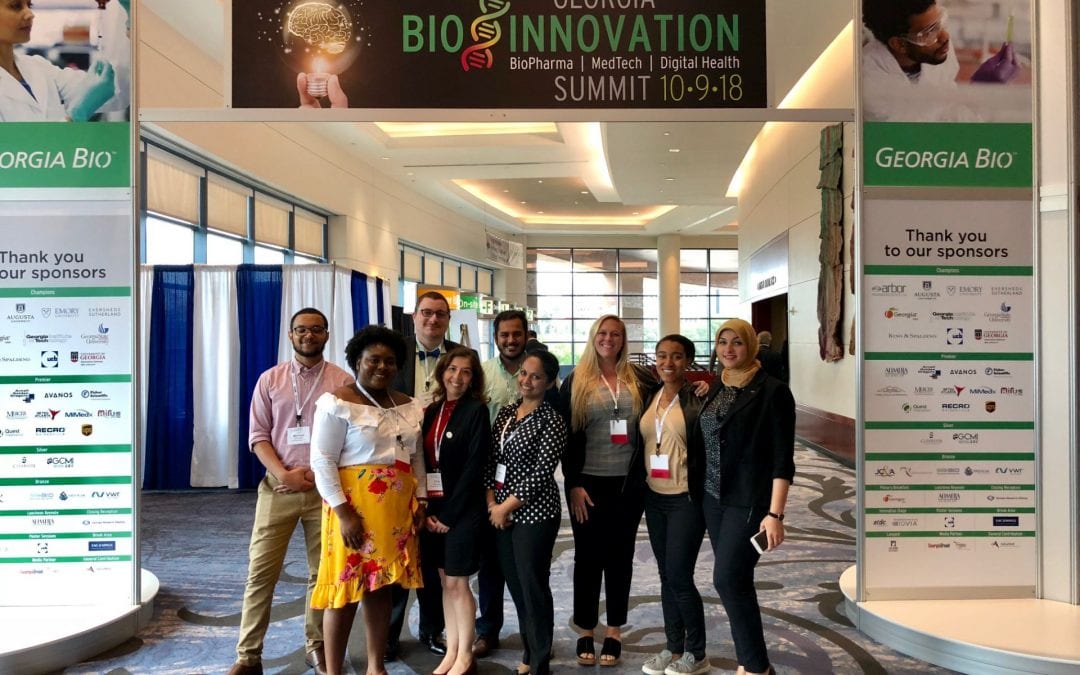
by Maurice | Oct 15, 2018 | Barielba, Brie, Etna, Maurice, News, Nimna, Raza, Yathreb
This year the 2018 GeorgiaBio Innovation Summit saw the attendance and poster presentations of nine students from the Applied and Environmental Microbiology group which encompassed the labs of both Dr. Pierce and Dr. Gilbert. In attendance were Merhawi Mihreteab, Barielba Nenbee, Maurice de la Croix, Etna Sanchez, Raza Momin, Nimna Wijewantha, Brianna Galbreath, Mariya Campbell, and Yathreb Bayan.
Congratulations to Merhawi Mihreteab for winning the 2018 Anthony Shuker Scientific Poster Award!
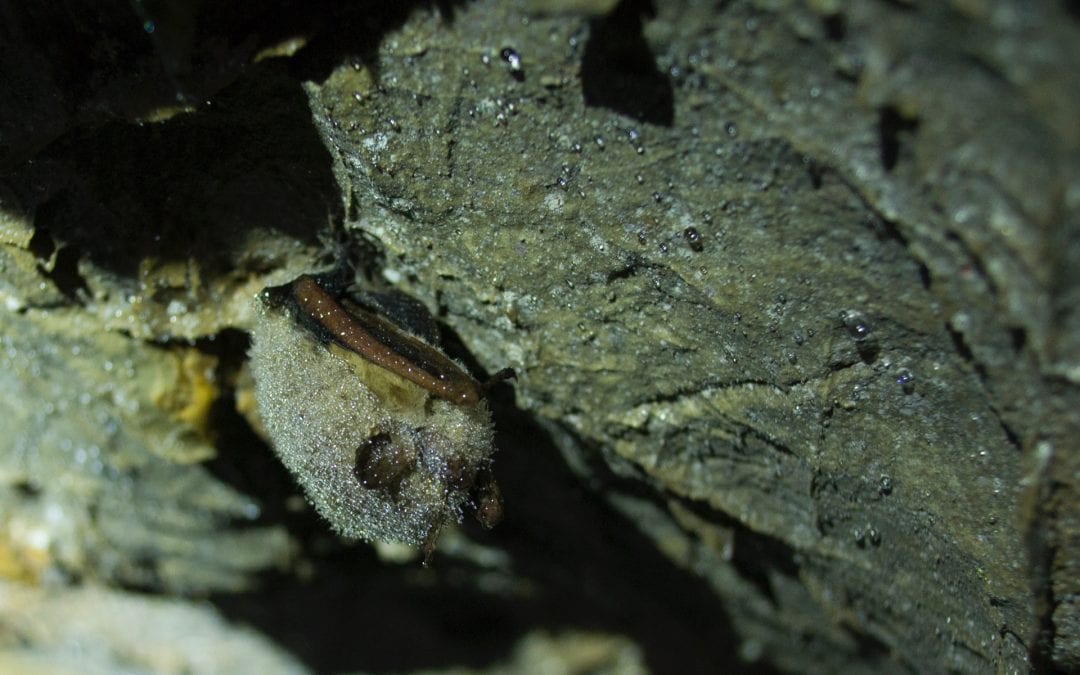
by Kyle Gabriel | May 21, 2015 | News
On Tuesday, May 19th, bats that were treated for white-nose syndrome (WNS) were released back into the wild. This past winter’s experimental treatment has been heralded a success by researchers and federal wildlife management agencies. This marks the first time WNS-affected bats have been collected, treated, and released back into their natural environment.
Rhodococcus rhodochrous DAP 96253 is a particular strain of a ubiquitous, soil-dwelling bacterium that possesses unique metabolic activity. It was originally discovered by Dr. George Pierce of Georgia State University and was enhanced to delay the ripening of climacteric fruit, after the bacteria underwent an induction process of being grown under specific conditions. Interestingly, the delayed-ripening effects were being elicited by merely sharing the same air-space and without the fruit ever being in direct contact with the bacteria. It was also observed that there was a lower fungal burden on exposed fruit. After a range of susceptibility tests, it was found to posses the ability to inhibit spore germination and growth of Pseudogymnoascus destructans, the causative agent of WNS.
Dr. Chris Cornelison of Georgia State University, along with Dr. Sybill Amelon of the U.S. Forest Service Northern Research Station, Brooke Hines of the Kentucky Department of Fish and Wildlife Resources, and colleagues, treated infected bats this past winter by placing Petri plates containing induced cells of R. rhodochrous strain DAP 96253 in the shared air-space of the infected bats for 48 hours, at 4 cave sites in Missouri and Kentucky. After removing the Petri plates, the bats were monitored over the course of the winter.
Although many of the treated bats survived P. destructans infection, it is yet unknown, but believed to be unlikely, that this type of treatment will convey long-term resistance to the fungus. However, an increase of survivorship supports population stability and the potential evolution of an innate resistance in offspring. Further testing is necessary to ensure safety, enhance treatment efficacy, as well as overcome the many challenges faced with when working in a cave environment. We are also concurrently investigating the efficacy of a treatment device to suppress WNS by the gaseous dispersal of antifungal compounds.
Special Bacteria Helps Heal Sick Bats was produced in 2015 by National Geographic. It documents the first successful treatment of white-nose syndrome, by our research group and collaborators, and the release of those treated bats back into the wild.
–
USDA Forest Service: U.S. Forest Service Research Team Releases Bats Treated for WNS
Mother News Network: New remedy helps bats survive white-nose syndrome
The Nature Conservancy: Bananas to Bats: The Science Behind the First Bats Successfully Treated for White-Nose Syndrome
National Geographic: Killer Fungus That’s Devastating Bats May Have Met Its Match
Wired: The Newest Strategy to Save Bats From Extinction? Bacteria
Discovery: Common Bacterium Helps Bats With White-nose Syndrome
ABC News: Forest Service Sees Hope in Battle Against Bat Disease
Fox2Now: Experimental treatment being used to help save bats in Missouri
News-Leader: Missouri bats get fighting chance against deadly fungus
WABE: GSU Researcher Finds Possible Treatment For Bat-Killing Fungus






